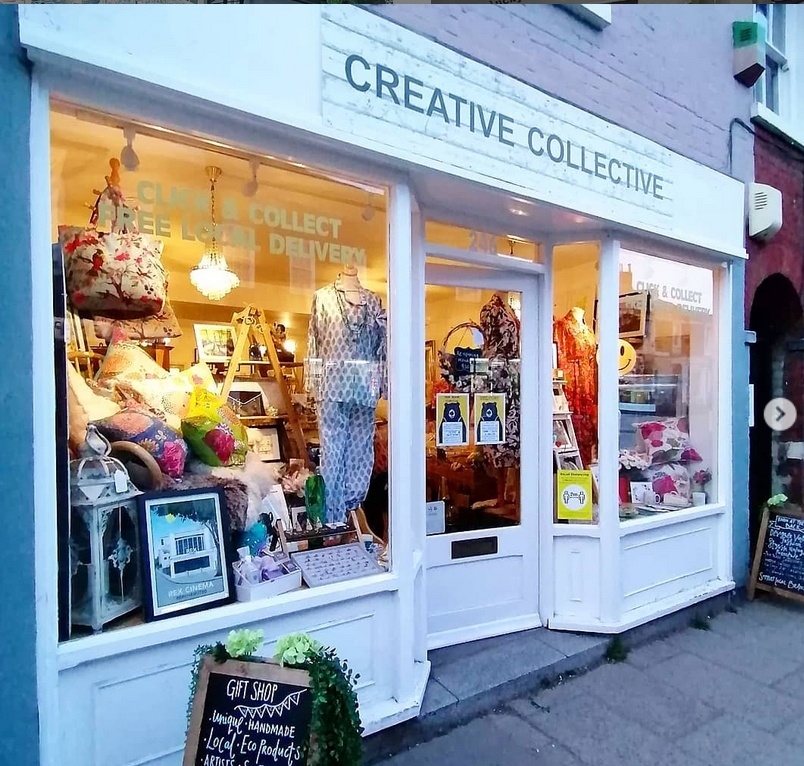Those with an interest in the retail trade will have been pleased to see so-called non-essential shops finally opening after an extended period of lockdown which saw them having to remain closed during the key trading seasons of Christmas, Valentine’s Day, Mother’s Day and Easter.
Whilst there is much about a bustling high street to celebrate there is also an air of caution while we wait to see how the land lies. Uppermost in our minds will be whether this ending of lockdown will prevail or by stymied by yet another wave of Covid, whilst concerns about a return to full-price rates and rents in June are ever-present in the background.
Whilst many major retailers, shopping centres and department stores have been casualties of the pandemic, data about independents is mixed and there are many encouraging signs that the ‘shop local’, ‘buy British’ mantras have been embraced by the public who are keen to preserve the special retail businesses which play such an important role in their communities. (such as Berkhamsted based Creative Collective, pictured top)
Whilst many retail jobs have sadly been lost, other opportunities are springing up in regional town centres. We can’t have been the only ones who spotted queues outside ever barbers shop in town, while anywhere selling coffee, cake and sandwiches is guaranteed to make a buck in this new era of outdoor eating and takeaway treats.
We can also look forward to a particularly joyful wedding season, as all those who delayed their nuptials last year get ready to tie the knot in 2021. That’ll be a ‘Yay!’ for florists, partyware and sellers of barware/tableware, while jewellers could also be set for a bumper diamond harvest as the purse strings are released on £billions in savings amassed during lockdown.
With so many high profile casualties – Paperchase, Cath Kidston, Laura Ashley, Topshop, Edinburgh Woollen Mill and so many more – shoppers will naturally gravitate towards survivors, who will also benefit from the breaking of piggy banks this summer.
First we have to get past the death throes of Debenhams after 200 years on the high street, which will see the temporary reopening of 97 department stores so stock can be liquidated, whilst the closure of many John Lewis branches – not to mention hundreds of high street banks – will also come as a body blow to many town centres which are anchored by these businesses.
One thing we can be sure will continue to succeed is the online shopping market, for which an additional 40 million sq ft of warehouse space will be built to accommodate stock. Online sales excluding food soared to 61% in February, compared with 31% in the same month last year and whilst we can expect a significant rebalancing back to bricks and mortar now lockdown has ended, it is likely that the online channel will hang on to a decent chunk of the gains made over the past 12 months.
Whilst clothing shops will bounce back, bookshops are likely to be facing a permanent change of scene after core customers were forced into the online space for the first time and many of them developed a taste for the ease of Amazon deliveries. Before the pandemic, only 10% of Waterstones £393million sales were online but the retailer is expecting that figure to settle at 25-30% going forward.
The government, meanwhile, is going someway towards smoothing the way for bricks and mortar retailers by relaxing planning laws to allow for the repurposing of vacant shops and releasing billions to local councils for regeneration projects. On the core issue of rates, however, subject of so much lobbying from the British Retail Consortium and Bira amongst others, the Chancellor has not taken any truly decisive action and has delayed his review until autumn.
The introduction of a blanket tax for online sales might not be as welcome as one might expect, hitting independents who’ve finally managed to open this channel rather than the real target of behemoths like Amazon and ASOS.
The real challenge for retailers is to stay relevant and stay multi-channel to satisfy different generations of consumers who have different preferred methods of shopping. One thing is for sure, there’ll be no rest anytime soon as we attempt to get to grips with the ‘new normal’.

















